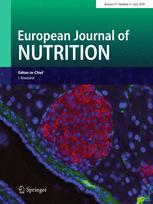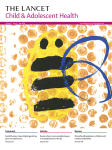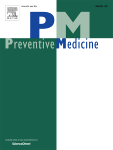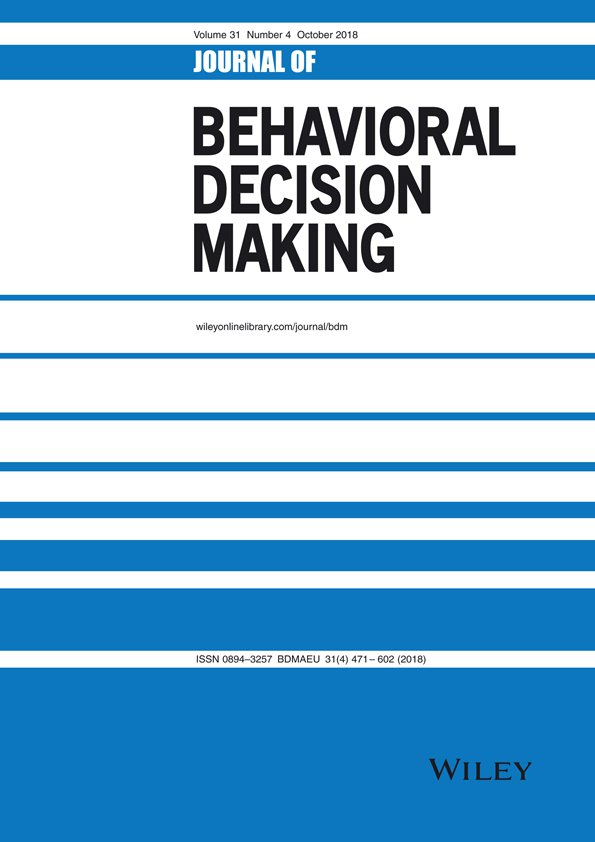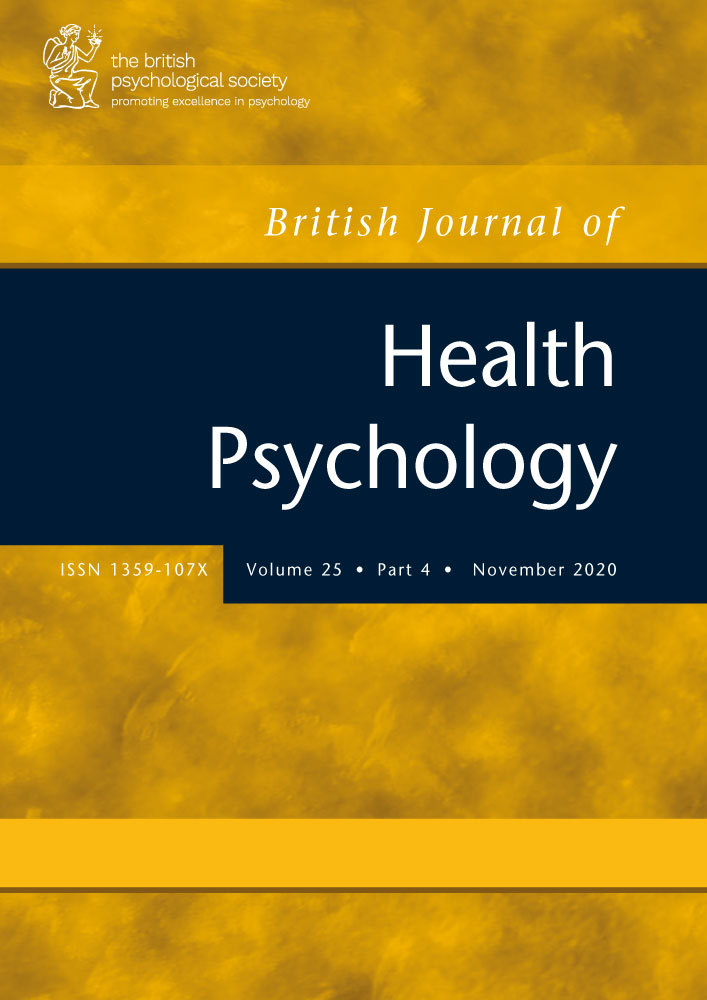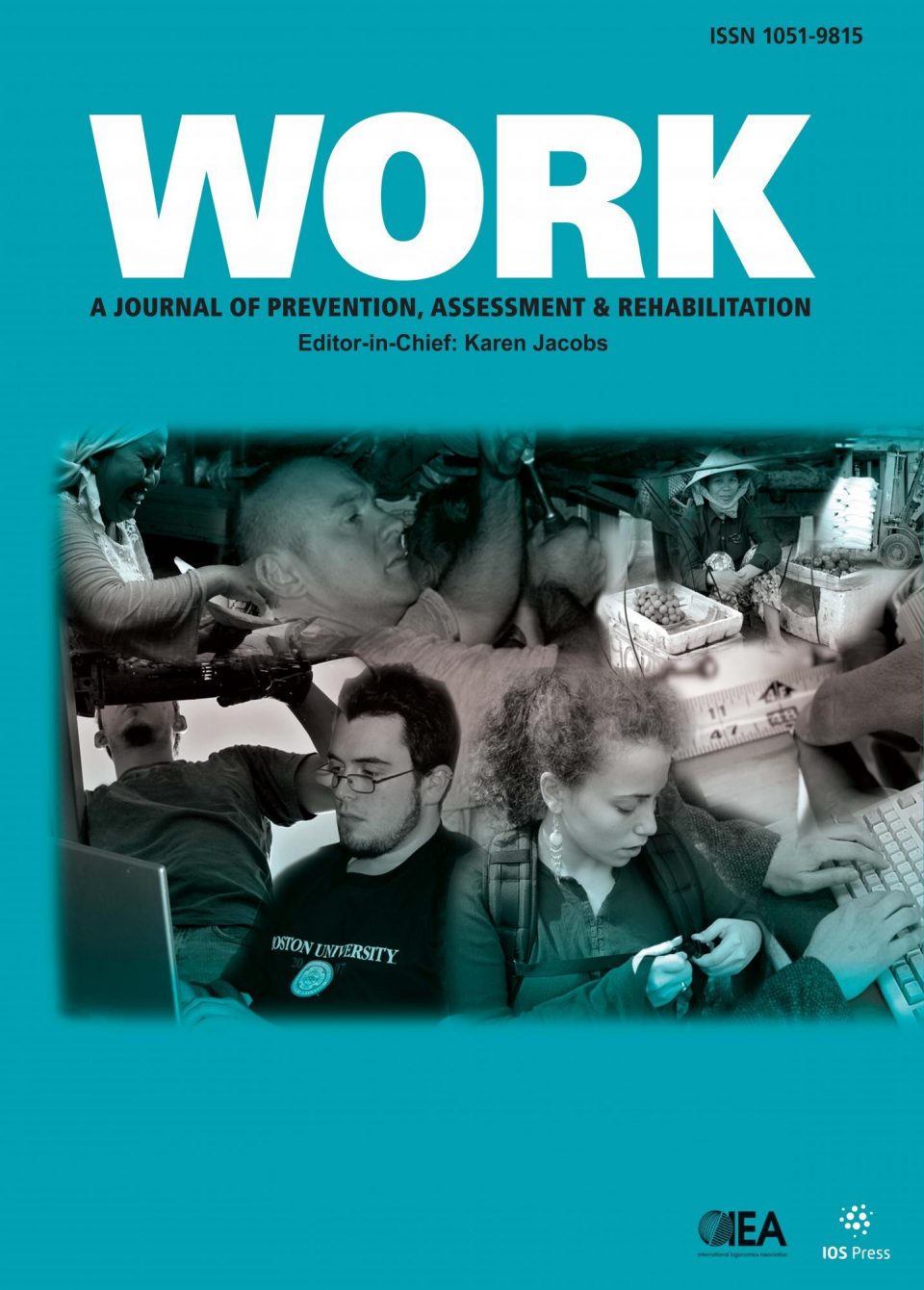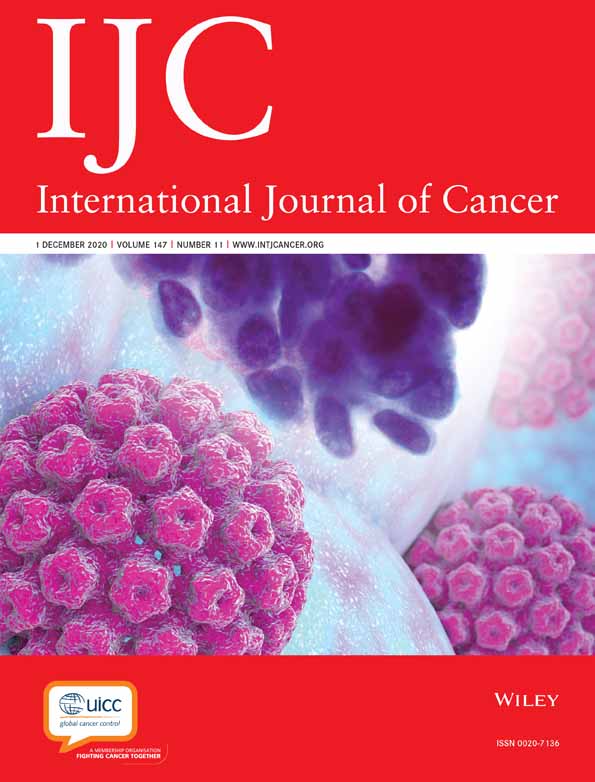Еffects of fortified milk on cognitive abilities in school-aged children: results from a randomized-controlled trial
Background Micronutrients such as vitamins and minerals and long-chain polyunsaturated omega-3 fatty acids (PUFAs) are essential for children’s brain development and cognitive functions. The current study investigated whether milk fortified with micronutrients and PUFA can result in improved cognitive function in mainstream school children. Methods One-hundred-and-nineteen children (age 8–14, 58 boys) were randomly allocated to…



